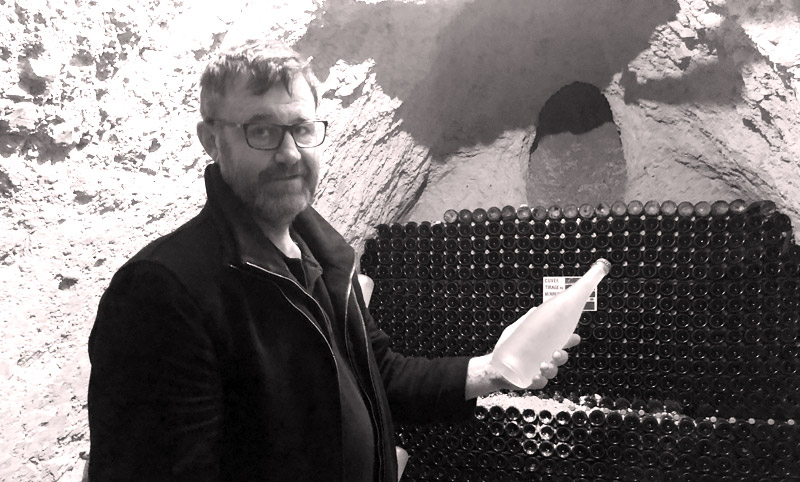Champagne supply fizzles out as shortage looms large
If you think your favorite champagne has become harder to find, you’re probably right. The United States is in the midst of a champagne shortage expected to last several years, so champagne lovers may want to take action now to avoid an empty cellar and higher prices later.

Last year the US became the world’s biggest champagne consumer by volume after France, snatching the top spot from the United Kingdom following a massive 62% increase in US imports. Americans imported a record 34 million bottles of bubbles in 2021. So with all this champagne now on our shores, why a shortage?
First, global supply chain issues caused by the pandemic have affected the timing and cost of champagne shipments and will continue to do so. For example, with Seattle’s port closed, goods arrive in Oakland, California, and get transported onwards by truck, adding delivery time and cost between $6000 – $7000. Importers must plan their orders well ahead. A champagne shipment which left France in July didn’t arrive in the US until December.
Just as champagne deliveries started to slow and shelves started to empty, pandemic restrictions eased. Our return to restaurants, bars, weddings and group celebrations caused a sharp spike in demand.
Making matters even worse, while American consumers’ thirst for good bubbles grew stronger than ever last year, the Champagne region grappled with a series of devastating weather events which made the 2021 harvest one of the smallest in decades. Champagne winemakers suffered through unseasonable springtime heat, followed by frost. Vines which hadn’t been burnt or frozen then endured torrential summer mildew and hail. I know of growers who lost half their vines last year, on the back of another weather-affected reduced harvest in 2020.
Because champagne takes time, even without supply chain issues, we’ll feel the impact of these low yields most acutely around 2023 to 2025. By law, non vintage champagne spends a minimum of 15 months on lees, and vintage champagnes age for at least three years and often much longer. Producers can’t ‘catch up’ quickly, and don’t expect champagne supply to return to normal levels any time soon.
Can champagne lovers ensure their flutes stay full?
So how can champagne lovers protect themselves and ensure their flutes stay full?
Consider stocking your cellars now to hedge against future shortages and price increases, and buy well in advance to secure your favorite bubbles for holidays or special occasions. If you’re looking for an investment, demand – and prices — for premium cuvées keep rising faster than the historical average, so these bottles could prove a smart purchase.
Don’t overlook champagne from smaller, lesser-known producers. Typically they don’t have the volume orders and global supply pressures as the big houses, and you will discover some fine, good-value champagnes usually made by the same family for generations.
One such example is Champagne Pierre Trichet, with caves dating back to 1789. Here, the family carefully crafts fruit-driven, well-balanced champagnes by hand. Their range includes classic, premier and grand cru champagnes at affordable prices. Currently, they have sufficient supply for new customers. I can help you source this champagne, and other quality wines from small producers, so you can fill your cellar with bottles you can’t wait to open and share.
And that’s a reason to pop a few corks!

